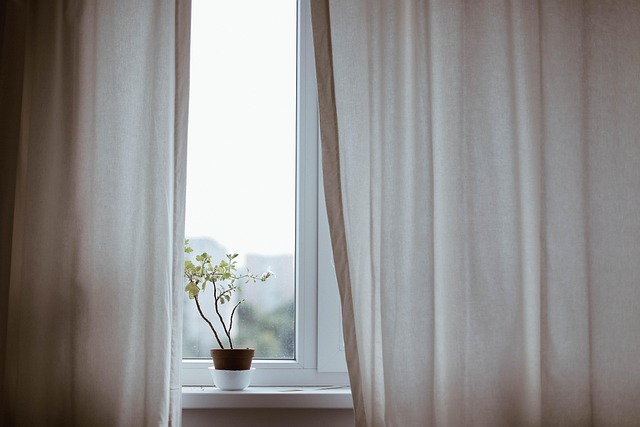Step into your garden and feel the gentle hum of life. It’s more than just a collection of plants; it’s a vibrant, interconnected community. There’s a profound, quiet harmony in the way plants interact within the garden space, a relationship that speaks volumes about nature’s intricate design.
Gardening itself is an inherently green and eco-friendly activity. By choosing to cultivate life, we actively engage with the environment on a micro-level. We nurture growth, encourage biodiversity, and create pockets of vibrant green spaces that benefit not only us but the wider ecosystem around us.
The magic truly unfolds in the plant garden interaction. It’s a constant dance between the soil, the roots reaching down, the leaves reaching up, the flowers beckoning pollinators, and the helpful microbes and insects working tirelessly beneath the surface. This isn’t just about individual plants existing side-by-side; it’s about a dynamic, symbiotic relationship where each element supports the health and vitality of the whole.
Consider the humble flower. Beyond its beauty, a flower is a powerhouse of interaction. It attracts bees, butterflies, and other beneficial insects crucial for pollination, which in turn allows plants to reproduce and thrive. These pollinators aren’t just helping the flowers; they are also contributing to the health of vegetable patches and other plants in the garden and beyond. This is a perfect example of how a specific plant type plays a vital role in the larger garden environment.
Embracing this eco-friendly relationship means working *with* nature, not against it. Practices like using organic compost to feed the soil, choosing native plants that are adapted to your local environment, conserving water through mindful watering techniques, and avoiding harsh chemicals all strengthen this natural bond. They create a resilient garden ecosystem where plants are healthier, require less intervention, and provide greater benefits to the environment.
Your garden becomes a small but significant haven, a place where the green world thrives through beautiful, natural interactions. It’s a testament to the power of connection, a living example of how nurturing life benefits everything around it.




